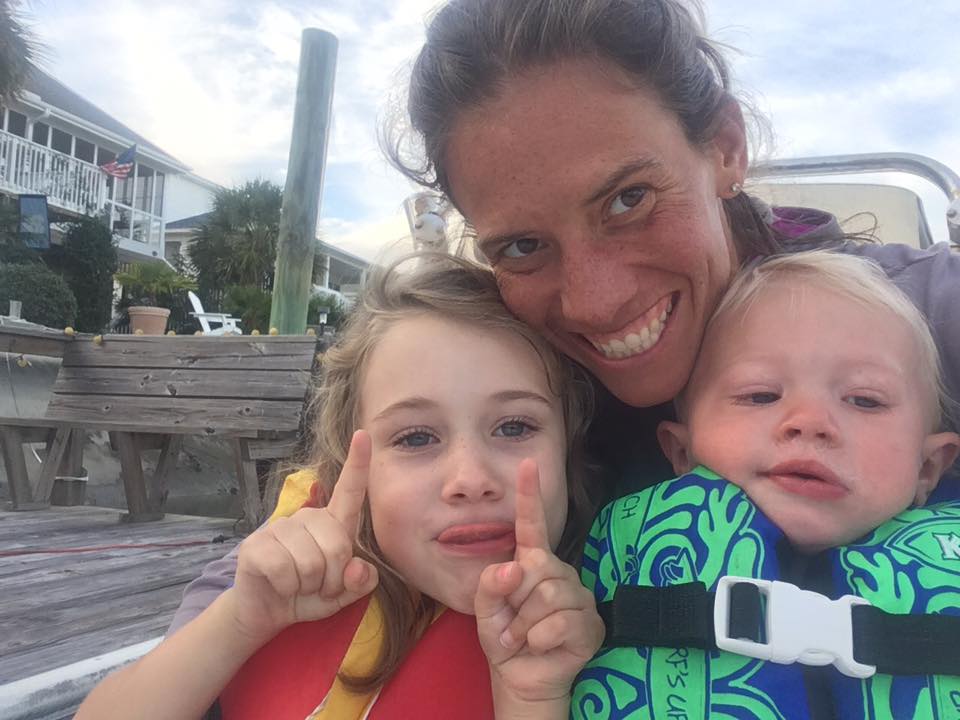I have hiked several trails that end at the ocean. In each instance, I have walked hundreds of miles to reach the beach and as soon as I stick my toes in the water, the hike ends. The Mountains-to-Sea Trail takes you to the coast, then allows you to enjoy it. From the surfers wearing wetsuits at the Topsail Island Pier to the children flying kites atop Jockey’s Ridge, this trail offers 280 miles of sandy beaches, coastal gamelands, and national forest that are connected by the easternmost roadways of North Carolina.
We have all enjoyed this part of the trail – even Brew. Watching our two kids is a lot easier when you can build dribble castles, look for shells, and run in and out of the surf.
A week ago I was walking barefoot in the sand with my daughter Charley and I noticed that instead of picking up shells, or what we call “treasures,” she was collecting trash. The girl who complains when we ask her to pick up her toys was gathering plastic straws, empty bottles, and broken toys.
When I asked her what she was doing, she said, “I’m protecting the turtles.”
The day before Brew had taken our two children to a sea turtle rehabilitation and rescue center. There, my daughter saw firsthand how turtles are negatively impacted by trash and human pollution.
I was so proud of Charley for understanding that our actions, both positive and negative, impact the environment. But like most moments of maturity and self-awareness exhibited by a 4-year-old, I also assumed that her actions were a phase that would soon pass. Then the next day we went for a hike and she picked up more trash, and again a few days later.
I didn’t think it was possible for my daughter to hike any slower, but she can. And I am overjoyed. She has spent a week filling her arms with disgusting waste to the point where we now walk down the trail carrying a trash bag and hand sanitizer. But she would have never had this impulse or understanding without experiencing a direct connection to the environment.
Charley has reminded me that some of life’s most important lessons can’t be taught, but have to be learned through experience. Hearing about pollution inside a classroom and reading about wildlife in a book is important, but there is no substitute for being inches away from a sea turtle, spending time at the ocean, and being empowered to make a difference.
Trails are integral to conservation because they protect easements, landscapes and view sheds and they foster a connection – a literal pathway – that connects our body, soul, and mind with nature. And, connection precedes protection.



